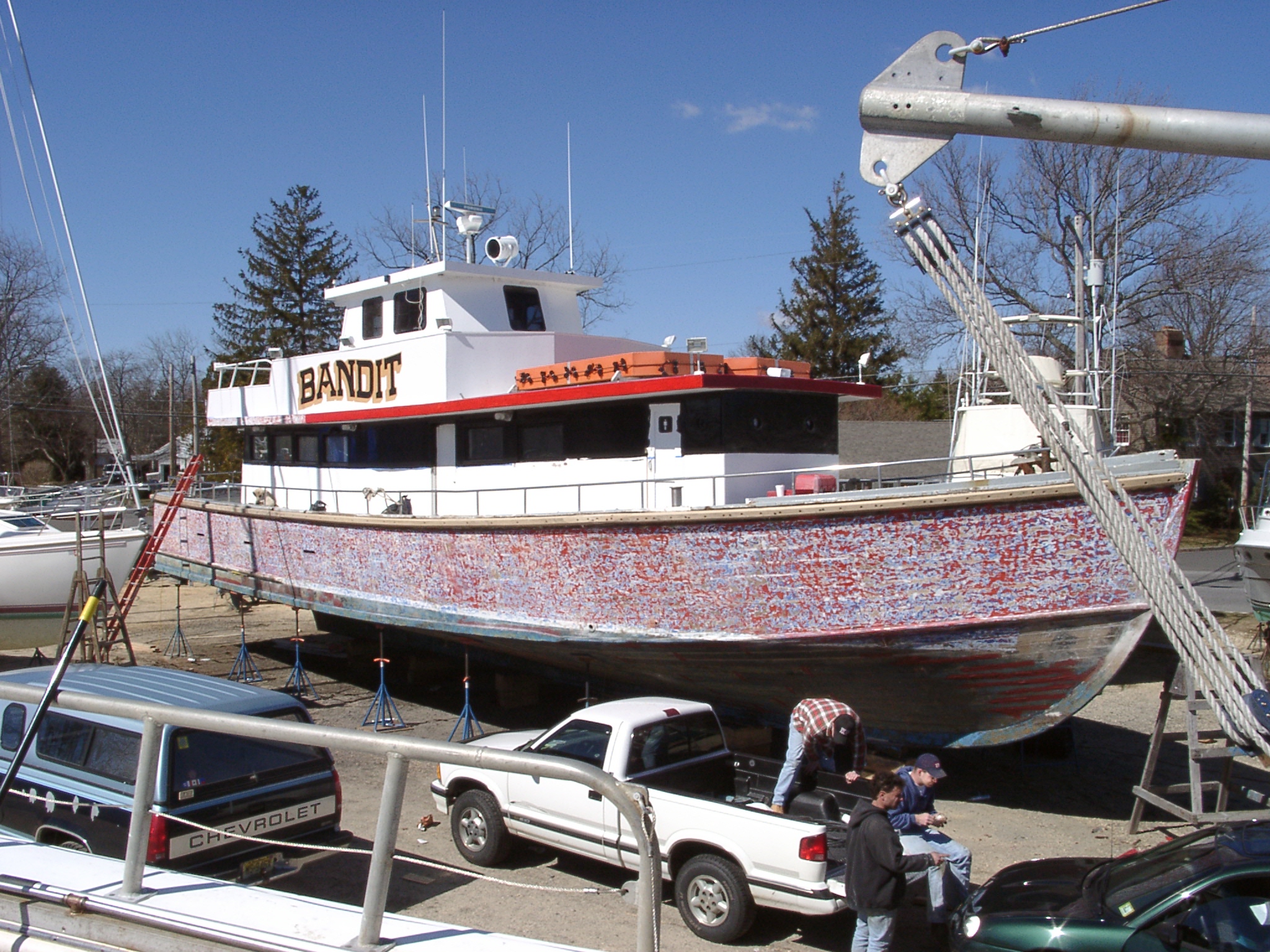December 21, 2020
Wayback Machine
December 21, 2020
While I was looking for something else, I stumbled across this old photo:

This is what it looks like when you sand through multiple layers of paint - psychedelic. I'm pretty sure the rail in the foreground belongs to the Seeker.
Wood boats like this are all but extinct. Every Spring they had to be hauled out, sanded down, and repainted, as well as a lot of other maintenance. That was how the crew earned their spot, in addition to everything they did during the season. Plastic boats just need a bit of rubbing.
The Coast Guard had it in for wood-hulled charter boats, and it became harder and harder to pass annual inspection. I expect by now there are none left, which is a shame - nothing rides as smooth and quiet as a heavy old wood hull.
